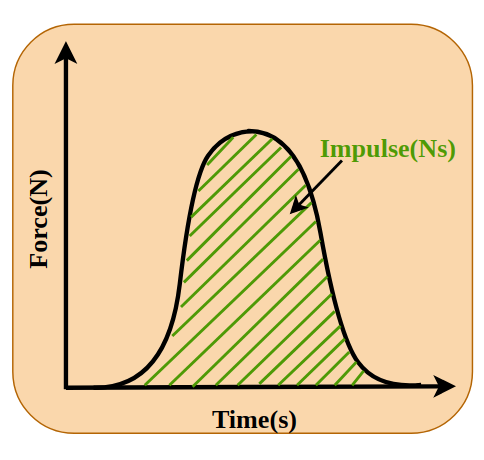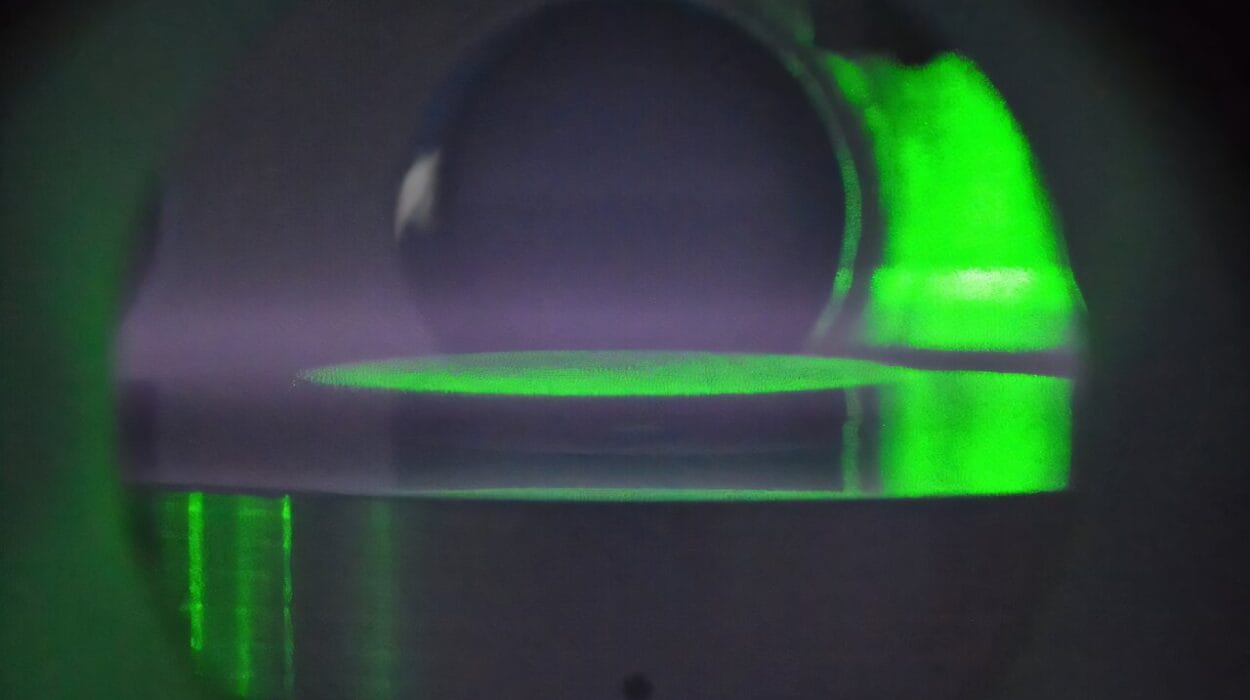For decades, astronomers have been haunted by an invisible presence—an unseen mass that holds galaxies together, bends light from distant stars, and shapes the very structure of the universe. This unseen substance, known as dark matter, makes up roughly 85% of all matter in the cosmos, yet it has never been directly detected. We cannot see it, touch it, or capture it in any laboratory. But its gravitational fingerprints are everywhere.
Now, groundbreaking new research has revealed something extraordinary about the way dark matter is distributed within our own Milky Way galaxy. Scientists have discovered that it isn’t spread out in the simple, spherical pattern long assumed—but is instead flattened and asymmetrical, mirroring the shape of the stars themselves. This revelation could explain one of astronomy’s most persistent puzzles: the mysterious gamma ray excess emanating from the center of our galaxy.
The findings, published in Physical Review Letters by researchers from the Leibniz Institute for Astrophysics Potsdam (AIP), the Hebrew University of Jerusalem, and Johns Hopkins University, suggest that this excess may finally be the long-sought signature of dark matter annihilation. If confirmed, it would be one of the most significant scientific breakthroughs of our time—a glimpse into the very substance that makes up most of the universe.
The Puzzle of the Gamma Ray Excess
In 2009, NASA’s Fermi Gamma-ray Space Telescope began mapping the high-energy sky with unprecedented precision. When it turned its gaze toward the heart of the Milky Way, scientists were astonished. The telescope detected an unexpected flood of gamma rays—light of the highest energy known—radiating from the Galactic Center.
The phenomenon quickly became known as the gamma ray excess. These rays were far too numerous to be explained by known astrophysical sources like supernovae or cosmic rays. Something new—and possibly revolutionary—was producing them.
Two leading theories soon emerged. The first proposed that the rays came from millisecond pulsars—ancient, ultra-dense neutron stars spinning thousands of times per second, emitting beams of radiation like cosmic lighthouses. The second, more tantalizing idea suggested that the rays were the result of dark matter particles colliding and annihilating each other.
When dark matter particles meet, theory suggests, they can self-destruct in a burst of energy—producing, among other things, gamma rays. If this were true, it would mean the center of our galaxy is not only teeming with dark matter but also actively glowing with its death throes.
But there was a problem. The spatial spread of the observed gamma rays didn’t match the predictions of earlier dark matter models. The distribution of the radiation seemed to follow a different pattern than expected—less spherical, more flattened—leading many researchers to favor the pulsar explanation.
Until now.
Seeing the Galaxy in a New Shape
The new study revisits this question using high-resolution cosmological simulations—essentially digital laboratories where galaxies like the Milky Way evolve under conditions that mimic the real universe.
The simulations were designed to recreate galaxies in environments similar to our cosmic neighborhood. By modeling how dark matter and normal matter interact over billions of years, the researchers discovered that the Milky Way’s dark matter halo is not perfectly round. Instead, it appears to be flattened and stretched, taking on a shape more similar to the distribution of stars within the Galactic Disk.
This new insight changes everything. If dark matter in the inner galaxy is arranged this way—more disk-like and less spherical—it would naturally produce a gamma ray distribution that closely matches what Fermi has observed.
As Noam Libeskind from the AIP explains, “When the FERMI space telescope pointed to the galactic center, the results were startling. The telescope measured too many gamma rays, the most energetic kind of light in the universe. Astronomers around the world were puzzled, and competing theories started pouring in to explain the so-called ‘gamma ray excess.’”
Now, thanks to these advanced simulations, the puzzle pieces are beginning to fit together.
A Galaxy Reimagined
Traditionally, astronomers have pictured the Milky Way as a shining spiral of stars floating inside a vast, spherical cocoon of dark matter—a so-called dark matter halo. This halo was believed to extend far beyond the visible edges of the galaxy, dominating its mass and controlling its rotation.
But the new research paints a different picture. Instead of a smooth sphere, the dark matter halo appears to be asymmetric and flattened, particularly in its inner regions. This subtle shift in shape has profound consequences. It means that the central part of the Milky Way—where the gamma ray excess originates—may contain denser, clumped regions of dark matter than previously thought.
Moorits Muru, the study’s lead author, summarizes it elegantly: “We analyzed simulations of the Milky Way and its dark matter halo and found that the flattening of this region is sufficient to explain the gamma ray excess as being due to dark matter particles self-annihilating.”
In other words, the mysterious glow from our galaxy’s heart might not be from exotic neutron stars or strange cosmic phenomena at all. It could be the long-sought signal of dark matter revealing itself, not through light, but through its destruction.
The Nature of the Invisible
Dark matter remains one of science’s greatest enigmas. It neither emits nor absorbs light, and it interacts only weakly with normal matter, making it effectively invisible. Yet without it, the universe as we know it could not exist. Galaxies would spin apart, stars would never have formed, and cosmic structures would crumble.
For decades, physicists have searched for the elusive dark matter particle in underground detectors, particle accelerators, and deep-space observations. So far, no direct detection has succeeded. But indirect evidence—like the gravitational pull it exerts or the light it bends—has left no doubt that it’s there.
If this new research is right, the gamma rays seen by Fermi may represent the first indirect confirmation of dark matter’s particle nature. Every annihilation event would release gamma photons—tiny bursts of invisible collisions happening deep within the galaxy’s core. Each photon, traveling across tens of thousands of light-years, would be a whisper from the dark.
A Universe of Possibilities
The implications of this finding extend far beyond the Milky Way. If dark matter annihilation can produce detectable gamma rays here, it may also be doing so in other galaxies—or even in galaxy clusters where dark matter is abundant. This opens a new window into studying the invisible cosmos, offering a way to map dark matter’s presence not by gravity alone but by its faint, energetic afterglow.
Moreover, the study strengthens the case for continuing the global hunt for dark matter particles. As Muru notes, “These calculations demonstrate that the hunt for dark matter particles that can self-annihilate should be encouraged and bring us one step closer to understanding the mysterious nature of these particles.”
With upcoming observatories such as the Cherenkov Telescope Array and the Euclid Space Telescope, scientists will be able to test these predictions with even greater precision. The dream of directly identifying dark matter—once a distant fantasy—now feels tantalizingly close.
Between Light and Shadow
Science often advances through moments of quiet revelation, where old assumptions dissolve and new patterns emerge from the noise. This discovery, though subtle, reshapes how we visualize our galaxy and our place within it.
The Milky Way is not just a serene disk of stars swirling in darkness—it is a living structure molded by the invisible hand of dark matter. Its unseen framework governs not only the dance of galaxies but perhaps even the birth and death of light itself.
And somewhere in that hidden web, particles of dark matter collide, vanish, and release the faintest glow—a silent testimony that the universe still has secrets waiting to be uncovered.
More information: Moorits Mihkel Muru et al, Fermi-LAT Galactic Center Excess Morphology of Dark Matter in Simulations of the Milky Way Galaxy, Physical Review Letters (2025). DOI: 10.1103/g9qz-h8wd






